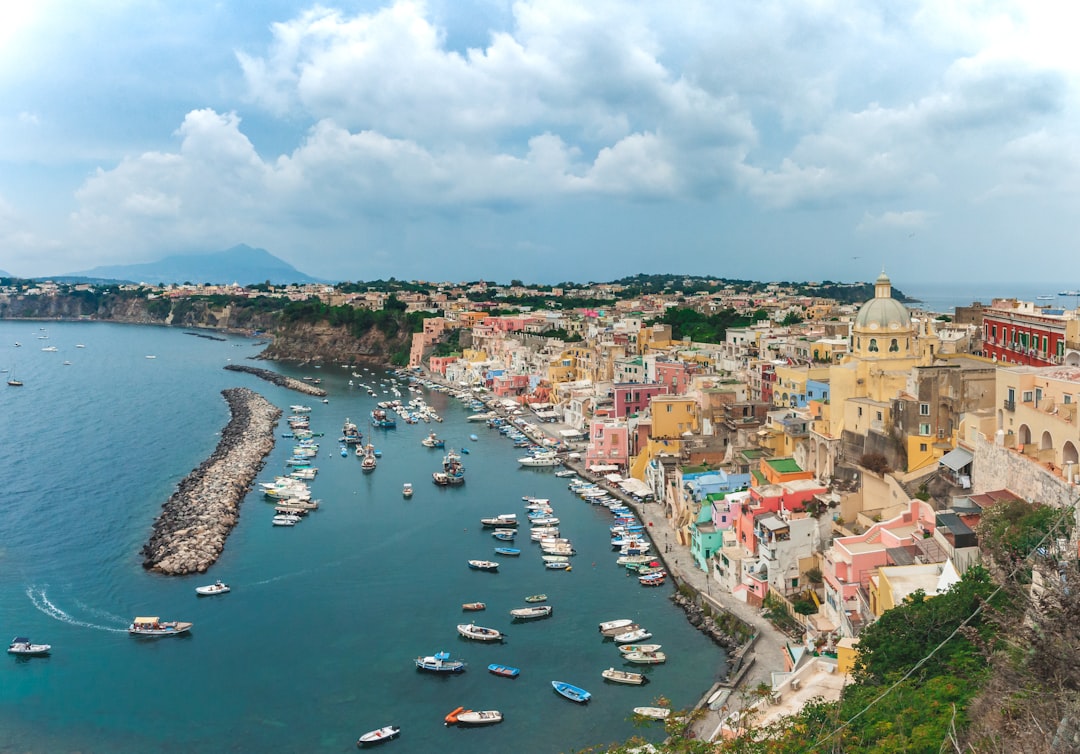What is it about?
This study explores fire risk and preparedness, with regard to water flow rates and building types in London, focusing on Southall district. A land-use survey was carried out to identify water requirements for firefighting across the study area. Local fire hydrant flow rates were analysed, using measurements taken during 2013 and archive data held by the London Fire Brigade (LFB). A Geographical Information System, QGIS, was used to explore spatial relationships between fire hydrant flow rates, urban fire risk and socio-economic vulnerability data held by the LFB. The LFB vulnerability maps are primarily based on socio-economic vulnerability: at many locations they were found to yield underestimates of fire risk. A new type of map, which includes data on water flow rates and building types, was created using QGIS and applied to Southall district, resulting in a map showing Combined Vulnerability to fires. Inadequate fire-hydrant water supply was found across many parts of the borough. Temporal variations in fire occurrence and water supply are examined, from daily through to seasonal variations, with consideration of the impacts of climate change. Recommendations are made for adaptations to urban fire resource allocation, tactics, planning and preparedness.
Featured Image
Read the Original
This page is a summary of: London’s burning: integrating water flow rates and building types into fire risk maps, International Journal of Emergency Services, May 2016, Emerald,
DOI: 10.1108/ijes-11-2015-0023.
You can read the full text:
Contributors
The following have contributed to this page










